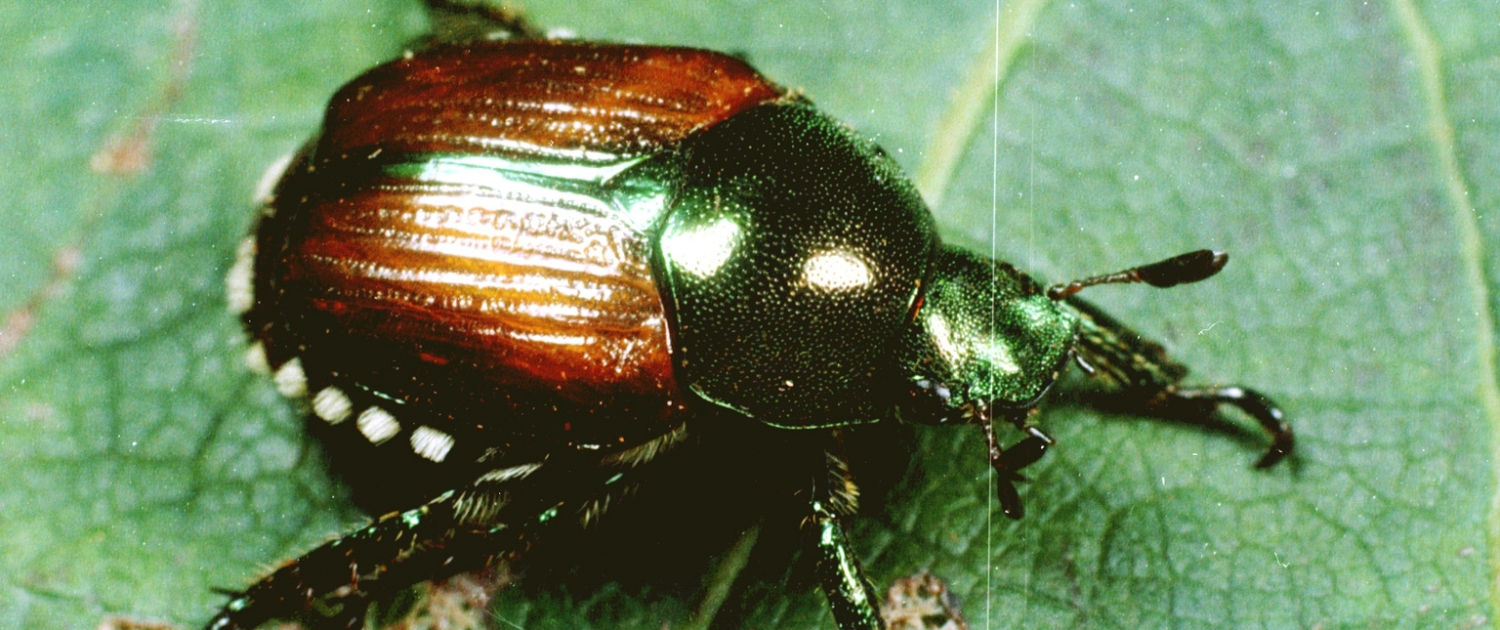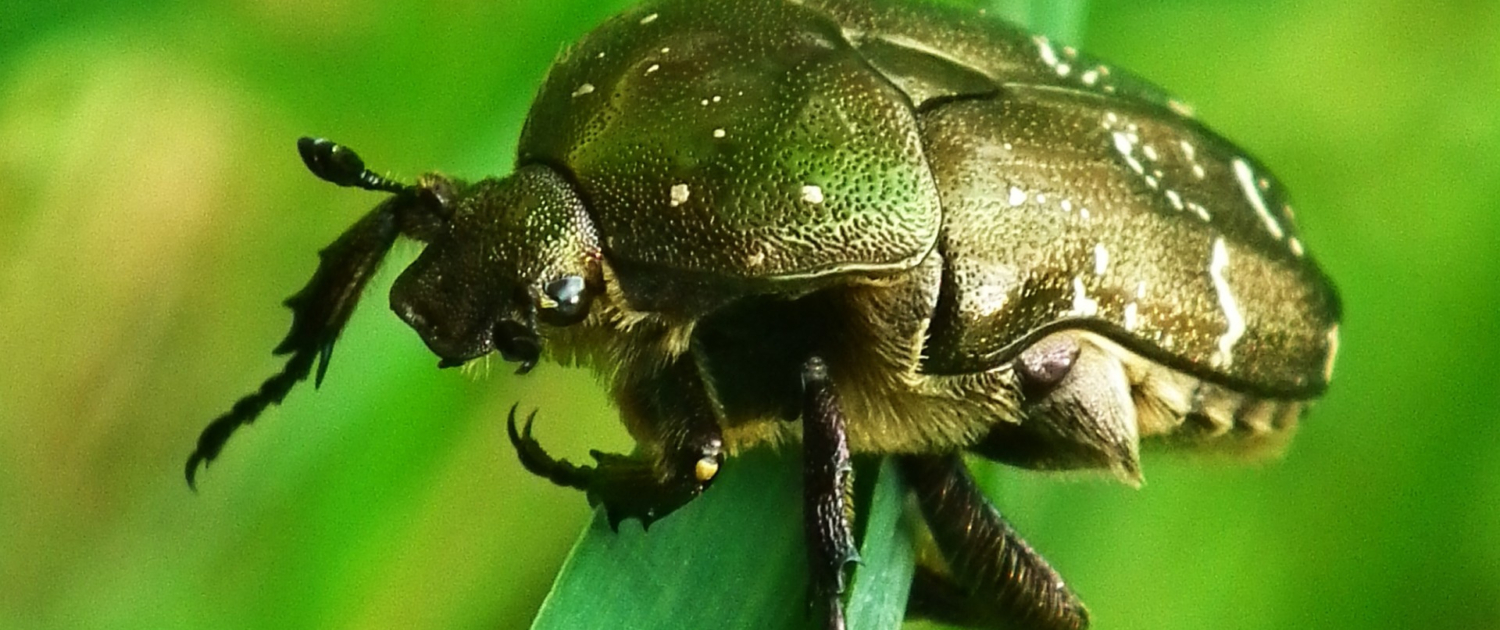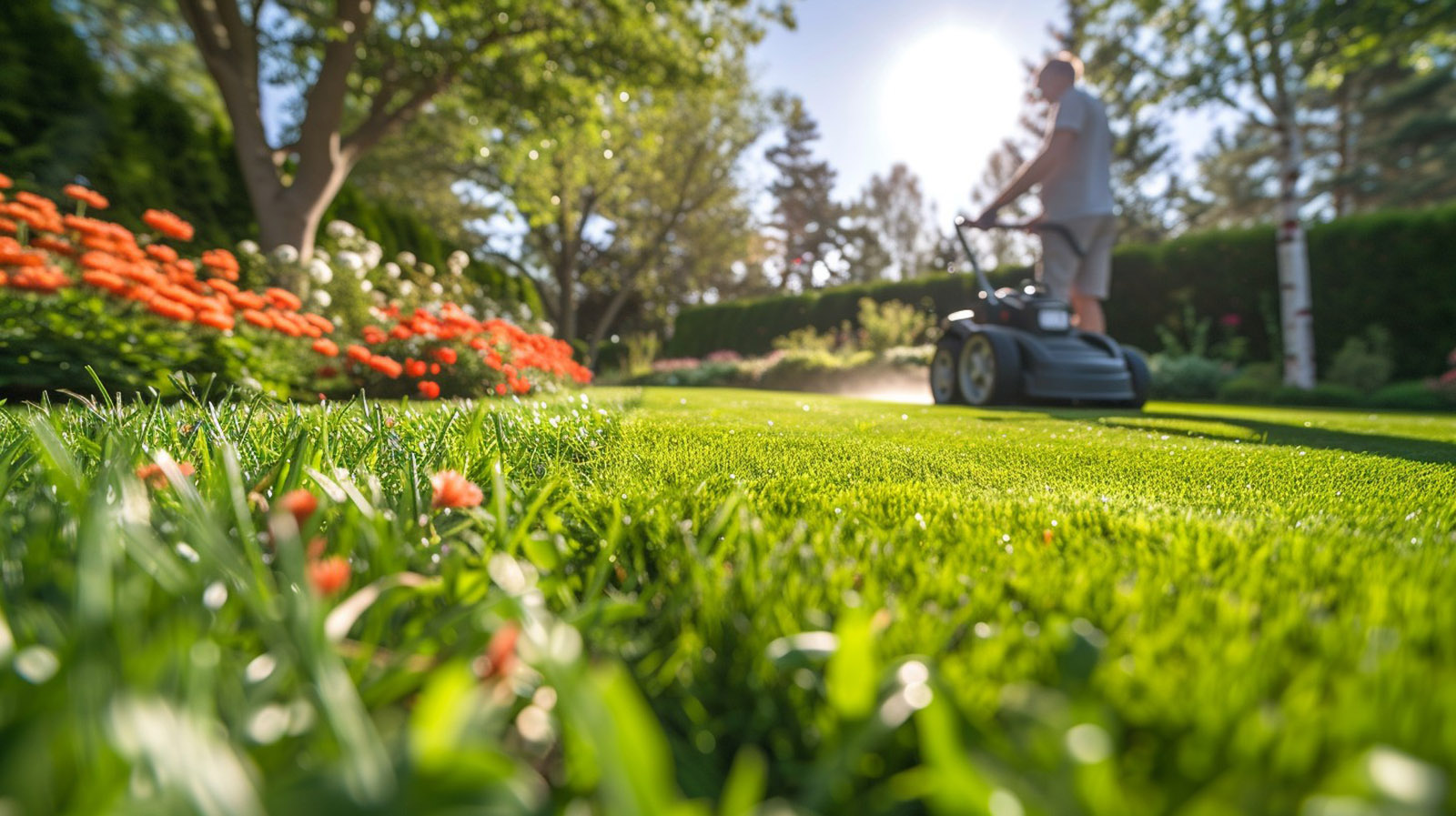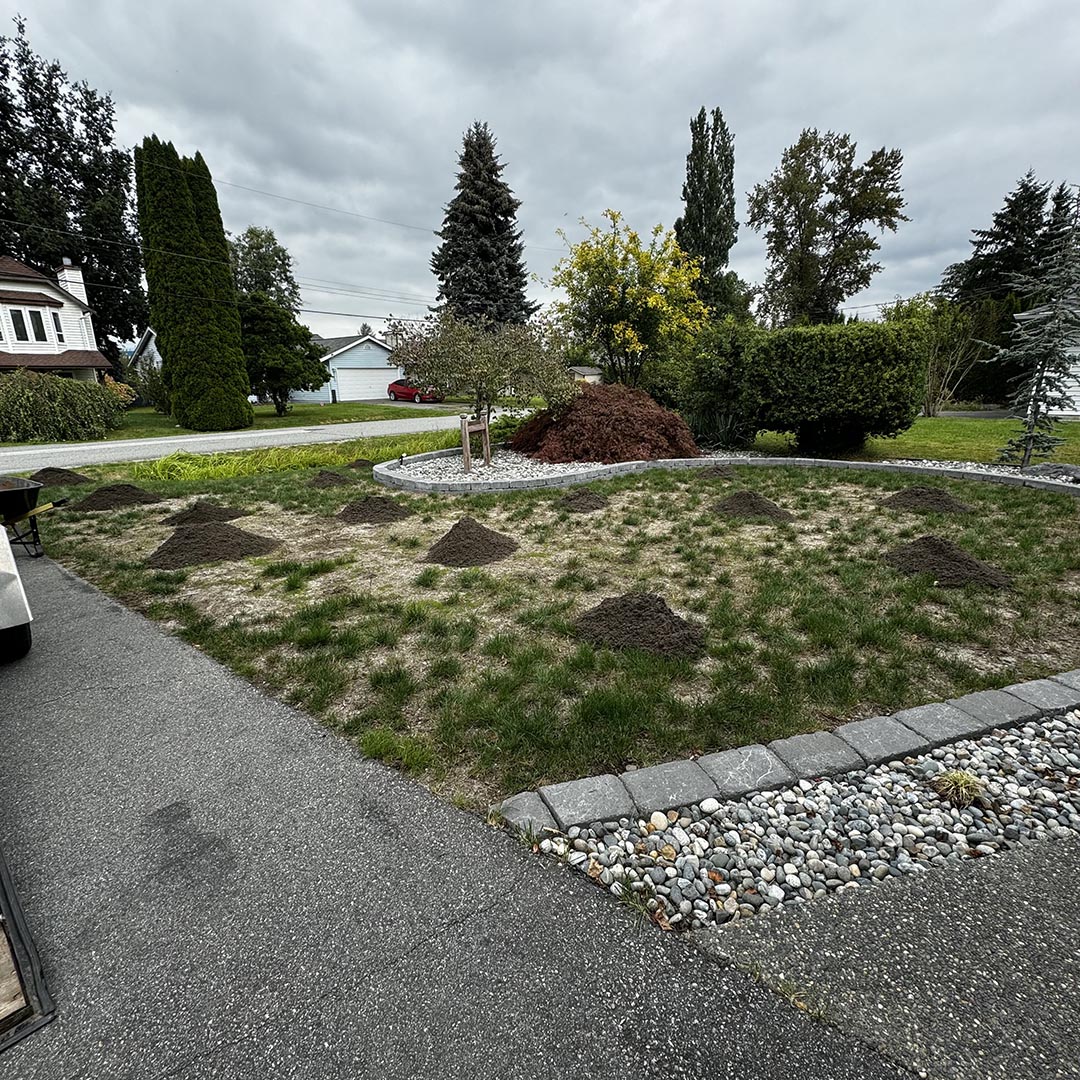
The European chafer (Amphimallon majale) and Japanese chafer (Popillia japonica) are invasive species laying eggs in the soil. Their larvae, known as white grubs, wreak havoc on grassroots, causing extensive damage to lawns and turf. Adult beetles, attracted to lush green spaces, add another challenge for residents in the Lower Mainland, Vancouver Island, and the Okanagan.
As spring graces the landscapes of the Lower Mainland, Vancouver Island, and the sunny Okanagan , a formidable threat emerges – the chafer beetle. A notorious pest notorious for damaging lawns and gardens, it’s a growing concern for homeowners. In this article, we explore the characteristics of the chafer beetle, its impact on these diverse regions, and effective strategies for managing and preventing infestations.

Regional Impact
Regional Impact
- Lower Mainland: With its mild and wet climate, the Lower Mainland provides an ideal environment for chafer beetle infestations, particularly in areas like Surrey, Langley, and Richmond.
- Vancouver Island: Despite diverse microclimates, Vancouver Island is not exempt. From Victoria to Nanaimo, residents must be vigilant, especially in regions with moderate temperatures and regular rainfall.
- Okanagan: The semi-arid climate of the Okanagan doesn’t deter the chafer beetle. Warm temperatures and irrigated lawns make areas like Kelowna and Penticton susceptible to significant lawn damage.

Management Strategies
Management Strategies
- Nematode Applications: Utilize beneficial nematodes, microscopic organisms applied to the soil, to target chafer beetle larvae. This eco-friendly solution effectively reduces larval populations and minimizes lawn damage.
- Resistant Grass Varieties: Proactively prevent infestations by choosing grass varieties resistant to chafer beetles. Consult local nurseries or landscaping experts for suitable options.
- Timely Lawn Maintenance: Regular practices such as proper irrigation, aeration, and overseeding contribute to a healthier, less susceptible lawn. Avoid overwatering and maintain proper mowing heights for integrated pest management.
The battle against the chafer beetle demands a joint effort from residents and local authorities. By understanding these invasive pests and implementing proactive measures, homeowners can protect their lawns and gardens, preserving the beauty of British Columbia’s diverse landscapes against the chafer beetle menace.







